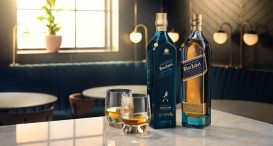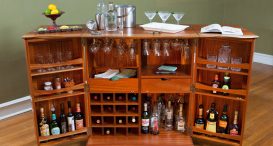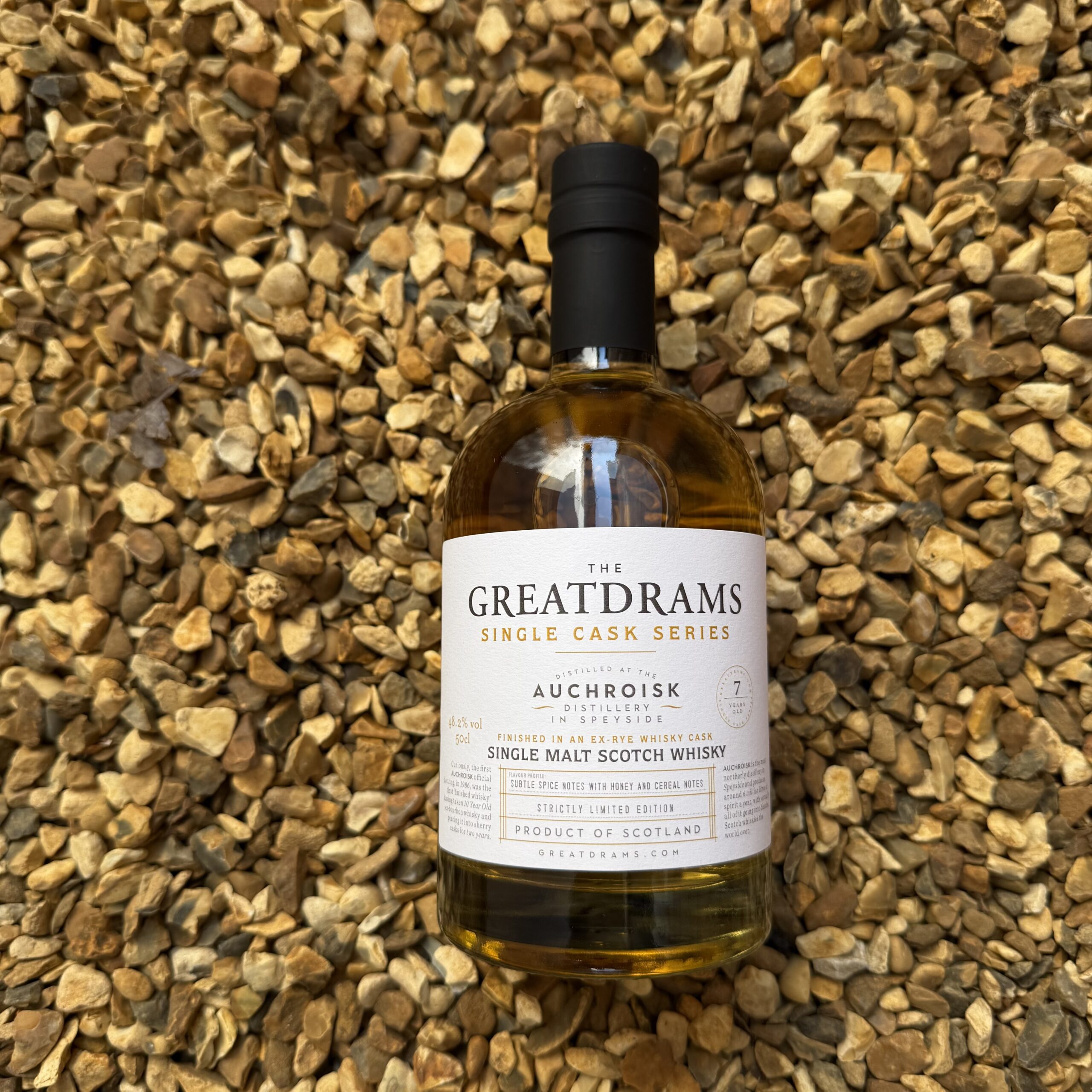Toasted vs Charred – The Science Behind Barrel Toasting/Charring
As we’re all huge fans of whisky here, you and I both know that there are plenty of variables that can determine what a whisky looks like, smells like, and tastes like. In fact, I wrote about it recently so if you do want to learn more about that, check out that blog on the Great Drams site. One of the most important variables, however, is the barrel the whisky is aged in.
Whisky is aged in casks made from wood. This is no ordinary wood however, it’s typically toasted or charred on the inside. That’s right, the wood is actually burnt and lit on fire for a short time, which helps give the contents inside an unbelievable flavour and character.
But what’s the main difference between toasted casks and charred casks, and why are they set alight in the first place? Well, grab a wee dram and your safety goggles, because today we’re talking science. Here’s the science behind barrel toasting and charring.
Why are Barrels Charred/Toasted?
In America, bourbon whiskey barrels must, by law, be charred. In fact, the bourbon must be aged in new oak barrels that have been charred. That means that the barrel can only be used once. This is partly why so many distilleries use ex-bourbon barrels, because they’re readily available and more cost-effective.
Initially, barrels used for transporting liquids were charred on the inside to help prevent leaks and plug any gaps. The heating process caused the wood to expand. Some also believed that this helped to purify the contents inside.
It was discovered, likely by accident, that charring/toasting the oak gave the whisky/whiskey an amazing colour and flavour profile.
The Science-y Stuff
Now we’re going to get all scientific and technical, so bear with us, it’s fun, honest!
Oak contains 4 compounds: tannin, lignin, hemicellulose, and cellulose. It’s only the lignin, tannins, and hemicellulose that is responsible for altering the whisky’s colour and flavour. They only do this when heat is applied.
When the wood is exposed to heat, this causes a chemical reaction which changes these three compounds, causing them to alter the colour and flavour of new whisky distillate. Now, the water, alcohol, and oxygen react with the compounds in the charred oak, setting off a series of chemical reactions which help impart new flavours and characteristics into the whisky.
Hemicellulose for example, causes simple sugars to be produced and caramelise when exposed to heat. This is known as the ‘maillard reaction’. These then react with the alcohol and help to create sweet flavours and aromas. Lignin when heated, provides different flavours and helps impart more of a vanilla and spicy flavour. The natural char from the oak helps give smoky notes.
As for the tannins, they provide mouthfeel. When they react to heat, they can give the whisky a pleasurable mouthfeel, rather than leaving it feeling too watery. They also help give whisky its rich golden amber colour.
So, What’s the Difference Between Toasted Oak and Charred Oak Barrels?
Even though charred oak and toasted oak barrels are similar, they are fundamentally different. The main difference is the level in which they are burnt.
Charred oak barrels are burnt hotter, and for longer. The insides are very well torched and you can really tell that they’ve been set on fire. They give the whiskey/whisky inside a much darker colour and, thanks to those chemical reactions, impart sweet, sugary, caramel flavours.
Toasted oak, however, is heated much gentler. This gives the wood on the inside more of a golden brown colour, rather than being burnt to a crisp. This means that whiskey/whisky aged in toasted oak casks generally has a much paler colour. As the wood isn’t burnt as much, caramelization of the sugars in the oak isn’t as intense, so fewer sugars are produced. This means that whisky aged in toasted oak casks tends to be more on the spicy side, with vanilla notes and less sweetness.
Obviously, there’s much more science to it than the above, but in a nutshell, that was the GreatDrams.com guide to whisky barrel toasting and charring, and what sets them apart.
Photo by Simon Hurry on Unsplash












